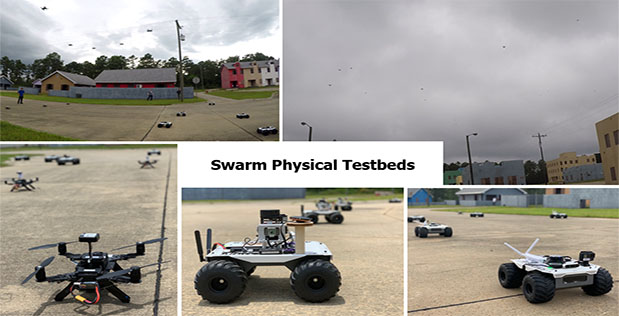Decision making and wireless communication in an artificial swarm are fundamental engineering problems. This line of research focuses on developing algorithms for consensus-based decision making, task allocation, and collective task performance in robotic swarms and establishing effective and reliable wireless networking.
[Read more…] about Consensus decision making in robotic swarms



